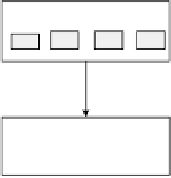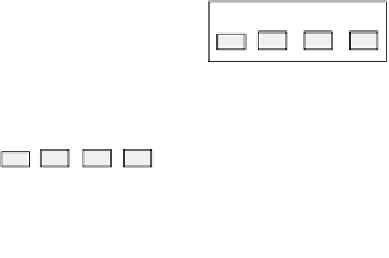Information Technology Reference
In-Depth Information
(a)
Many-to-Many
(b)
Many-to-One
(c)
Synchronization
Data collecting
Data collecting
Data collecting
A
A
1
A
2
A
3
A
4
A
A
A
2
A
2
A
1
A
3
A
4
A
1
A
3
A
4
Data link
Data link
Data link
Data sorting
Softmean
Structural encoding
B
B
B
B
1
B
B
2
B
1
B
3
B
4
B
2
B
3
B
4
FIGURE 5.14
Input/output models.
5.8 Fault Handling
Two fault handling mechanisms are developed in the system,
retry submis-
sion
and
critical task replication
. The retry submission mechanism resched-
ules a failed job onto a current available resource, and also records the
number of failed jobs for each resource. Once the failed job number exceeds
a
warning threshold
, the scheduler decreases the number of jobs submitted
to these resources. If the number of failed jobs exceeds a
critical threshold
,
the scheduler terminates submission of jobs onto this resource. The critical
task replication mechanism replicates a task execution on more than one
resource. The result produced earliest is then used for the rest of the work-
l ow. This mechanism is designed to execute a long running task when
there are multiple spare resources.
5.9 Implementation
The WFEE has been implemented by leveraging the following key tech-
nologies: (1) IBM TSpaces [10] for supporting subscription-notii cation-
based event exchange; (2) Gridbus broker [11] for deploying and managing
job execution on various middleware; (3) XML parsing tools including
JDOM [12]. The detailed class diagram and event server implementation
are presented as follows:
5.9.1 Design Diagram
The class design diagram of the WFEE is shown in
Figure 5.15
.
XMLParsing
ToMo d el
parses XML-formatted workl ow description into Java objects








































Search WWH ::

Custom Search